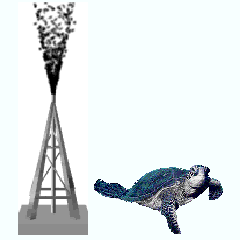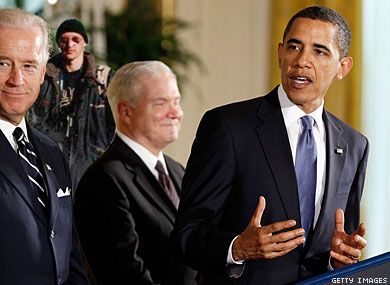Not particularly recommended: Ben Davis' 9.5 Theses on Art and Class. Humorless warmed-over Marxism written for some artists who were mad about Jeff Koons' "Skin Fruit" exhibition at the New Museum. Just don't go to the damned show!
But the Davis is worth skimming to appreciate Greg Afinogenov's Materialism and Art-criticism: A Response to Ben Davis’ “9.5 Theses on Art and Class”. It's witty and world weary.
“Art” itself, in Davis’s argument, becomes such a mystified idea. On the one hand, it is presented as a “basic and general” impulse which permeates all social structures and creative activities. Its nature, however, soon subtly changes: it acquires a kind of quantitative aspect which it then becomes the goal of political action to increase. The operation is done without argument, which conceals all the attendant problems: surely art is not realized better or worse in different societies? Where would one get the yardstick through which to measure it? How is the goal of the “maximum flourishing of human artistic potential” to be weighed against other possible goals, such as peace or economic equality, without facile utopianism? A vision of the artistic world that fails to offer any more concrete definitions of its central term is equivalent in every way to the flabby “ideals” ridiculed by Marx and Engels in the nineteenth century. Its supposed political aspect, realized through the connection to the “working class” and to various “radical impulses,” is defined entirely a priori and, apparently, largely unconsciously; thus, Davis writes that the contradiction between the two middle-class definitions of art occurs “at every moment where what an artist wants to express comes into contradiction with the demands of making a living; in a situation where a minority dominates most of society’s resources, this is often.” The latent (and patently false assumption) that true art must always be politicized in a leftist direction is neither defended nor discussed.
Only in Davis’s concrete proposals, which are largely consigned to thesis 8, do we see the real impact of these essentialized concepts. For despite all the loud talk of the ruling class, of ideology and critique, of politics and revolt, Davis’s “Theses” finally have nothing more to offer than a few half-hearted tugs at the teat of the State. Government funding for the arts, art education, money for research projects: all this would—and did—warm the heart of any nineteenth-century European liberal, sweating into his starched cravat about the threat of the socialist masses. What could be better for institutionalization, cooptation, and control than barrels of cash dispensed in the name of abstract ideals? When at last Davis’s abstractions fail him, and he is unable after all to find in the “working class” a viable countervailing force against “ruling-class ideology,” the government is always there as a potential source of solutions. The gesture, of course, makes nonsense of the “critical” standpoint—and it would be difficult even for Hegel to see government art funding as a stop on the road to “changing the material basis of society.” His politics were a bit more direct.
This is right on the money, no pun intended, and in response Davis mostly hyperventilates.
The problem with both essayists: they don't argue from art but rather drag their political brawls into the art arena, where, as usual, artists watch the punching and counterpunching and exclaim "those guys are some kinda smart!" Davis invokes the "Skin Fruit" protestors as the raison d'etre of his theses, but at least one of those two artists makes "art about the art world," which is a lesser-to-the-point-of-nugatory, snake-eating-its-tail kind of pursuit. Would love to read some analysis of contemporary artwork that teases out political assumptions while respecting how it works as art, and a comprehensive theory based on such analyses. So tired of Marxist and post-Marxist intellectuals treating art as a tabula rasa for their sociological and historiographical debates. Even Boris Groys, who does a much better job than Davis of thinking outside the "small contingent producing baubles for the rich" box (by even-handedly considering kitsch--web art, Howard!--and art made by totalitarian societies), prefers the view from 30,000 feet.


